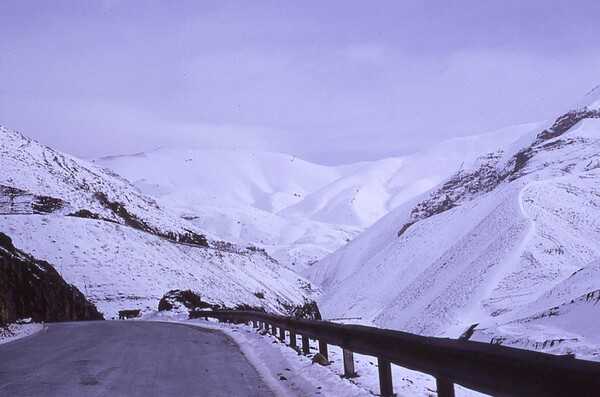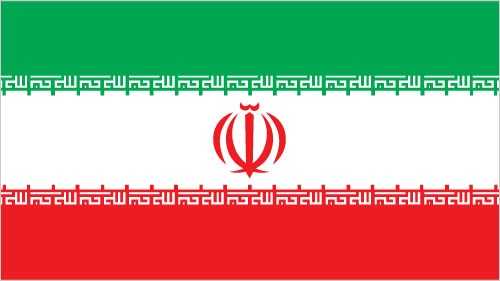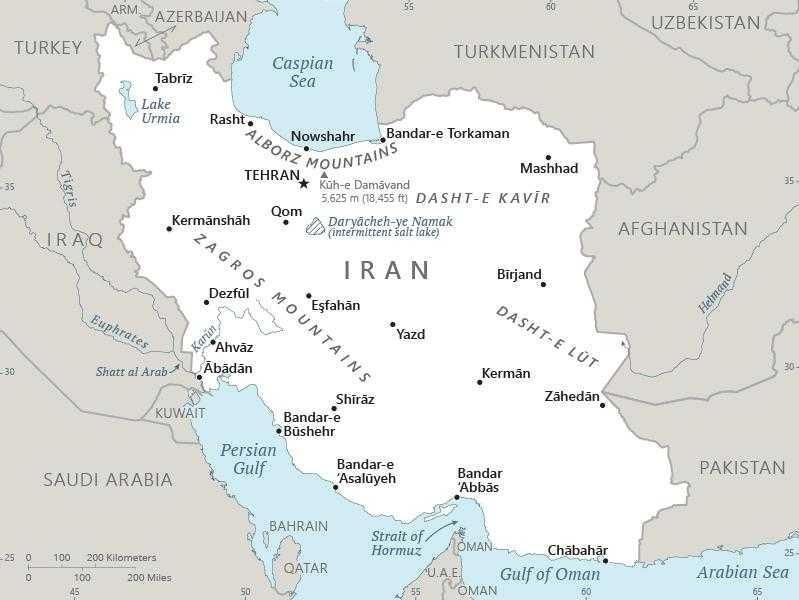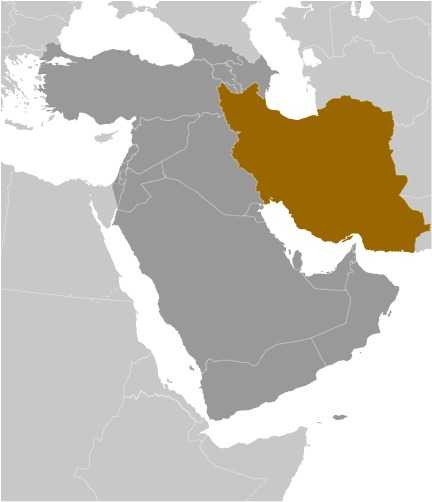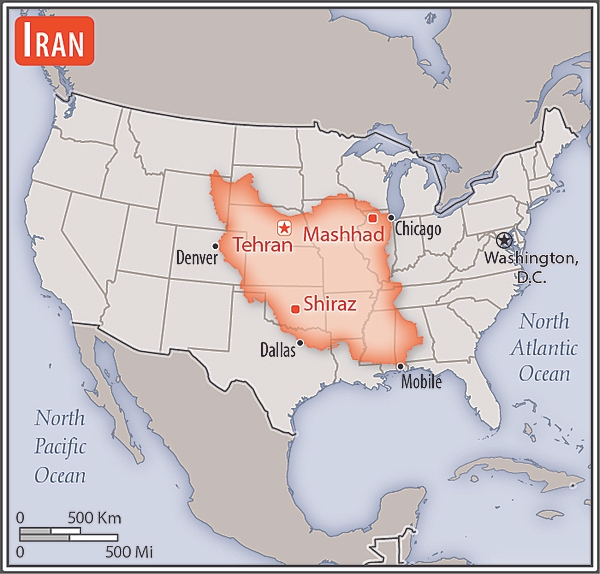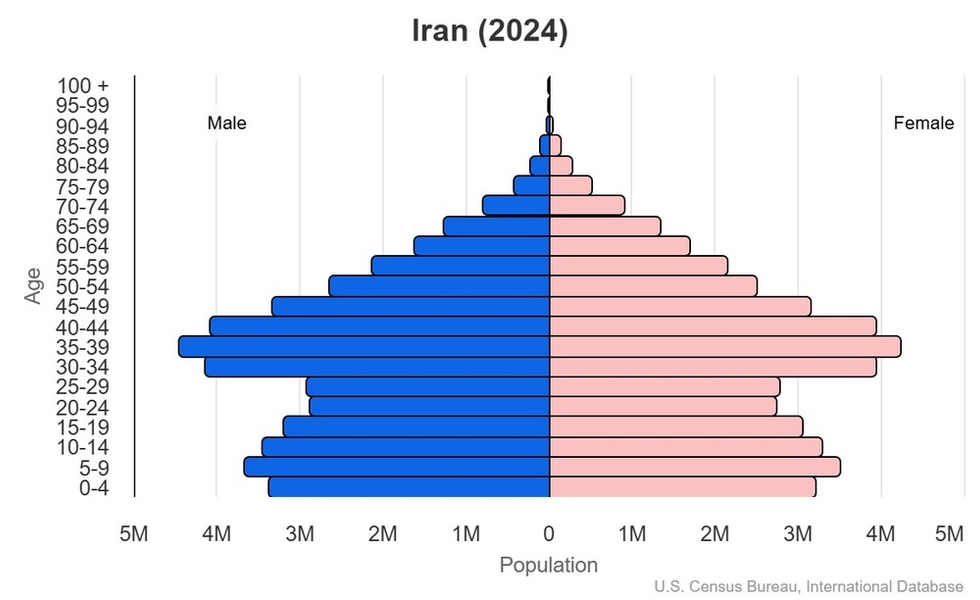Introduction
Visit the Definitions and Notes page to view a description of each topic.
Geography
People and Society
Population
comparison rankings: total 17; male 17; female 17
Languages
Median age
comparison ranking: total 110
Population growth rate
comparison ranking: 104
Birth rate
comparison ranking: 119
Death rate
comparison ranking: 187
Net migration rate
comparison ranking: 113
Maternal mortality ratio
comparison ranking: 134
Infant mortality rate
comparison ranking: total 97
Life expectancy at birth
comparison ranking: total population 125
Total fertility rate
comparison ranking: 117
Obesity - adult prevalence rate
comparison ranking: 47
Alcohol consumption per capita
comparison ranking: total 181
Tobacco use
comparison ranking: total 108
Children under the age of 5 years underweight
comparison ranking: 69
Education expenditure
comparison ranking: Education expenditure (% GDP) 162
Environment
Carbon dioxide emissions
comparison ranking: total emissions 7
Government
Economy
Real GDP (purchasing power parity)
comparison ranking: 23
Real GDP growth rate
comparison ranking: 117
Real GDP per capita
comparison ranking: 120
Inflation rate (consumer prices)
comparison ranking: 200
GDP - composition, by sector of origin
comparison rankings: agriculture 61; industry 33; services 159
Industrial production growth rate
comparison ranking: 87
Labor force
comparison ranking: 24
Unemployment rate
comparison ranking: 144
Youth unemployment rate (ages 15-24)
comparison ranking: total 43
Gini Index coefficient - distribution of family income
comparison ranking: 67
Public debt
comparison ranking: 134
Debt - external
comparison ranking: 60
Energy
Electricity
comparison rankings: installed generating capacity 18; consumption 13; exports 39; imports 58; transmission/distribution losses 201
Energy consumption per capita
comparison ranking: 23
Communications
Telephones - fixed lines
comparison ranking: total subscriptions 6
Telephones - mobile cellular
comparison ranking: total subscriptions 11
Broadband - fixed subscriptions
comparison ranking: total 23
Transportation
Merchant marine
comparison ranking: total 24
